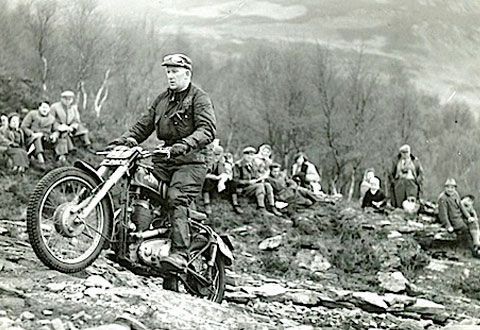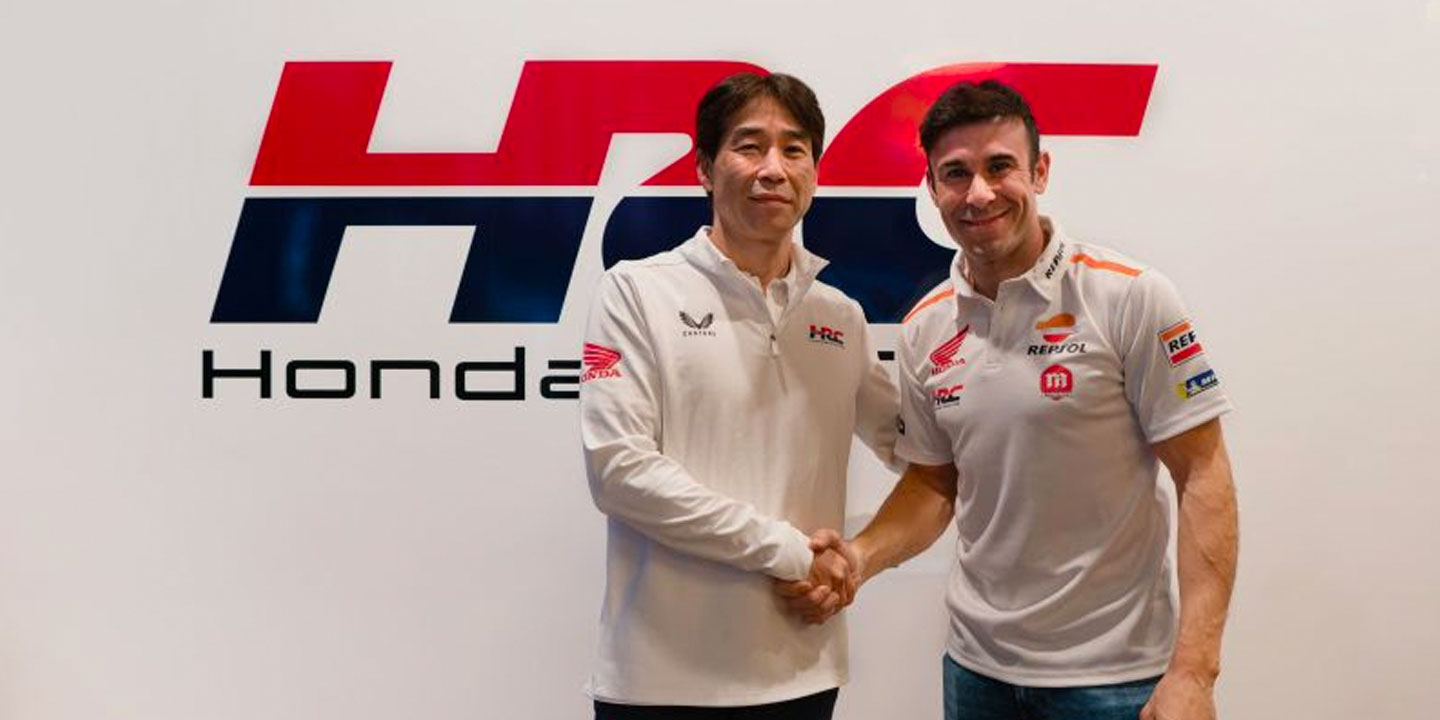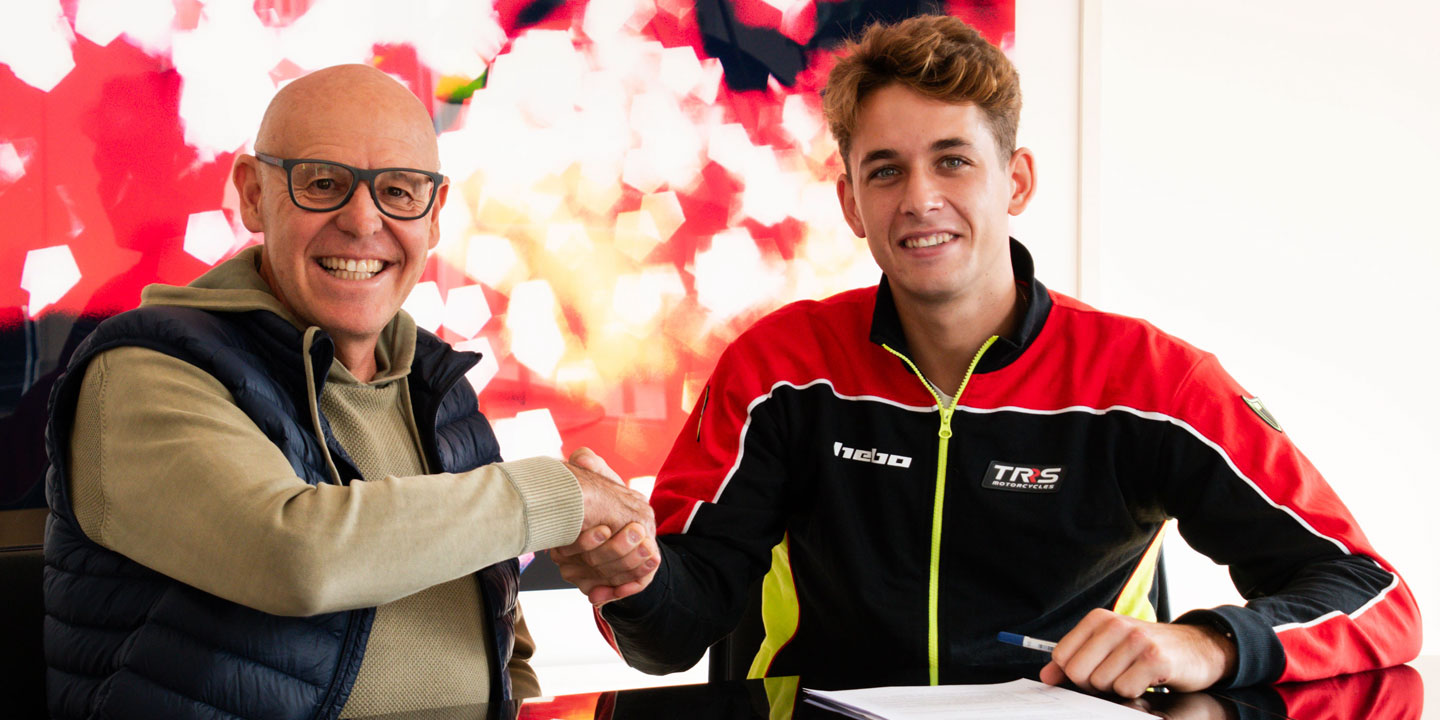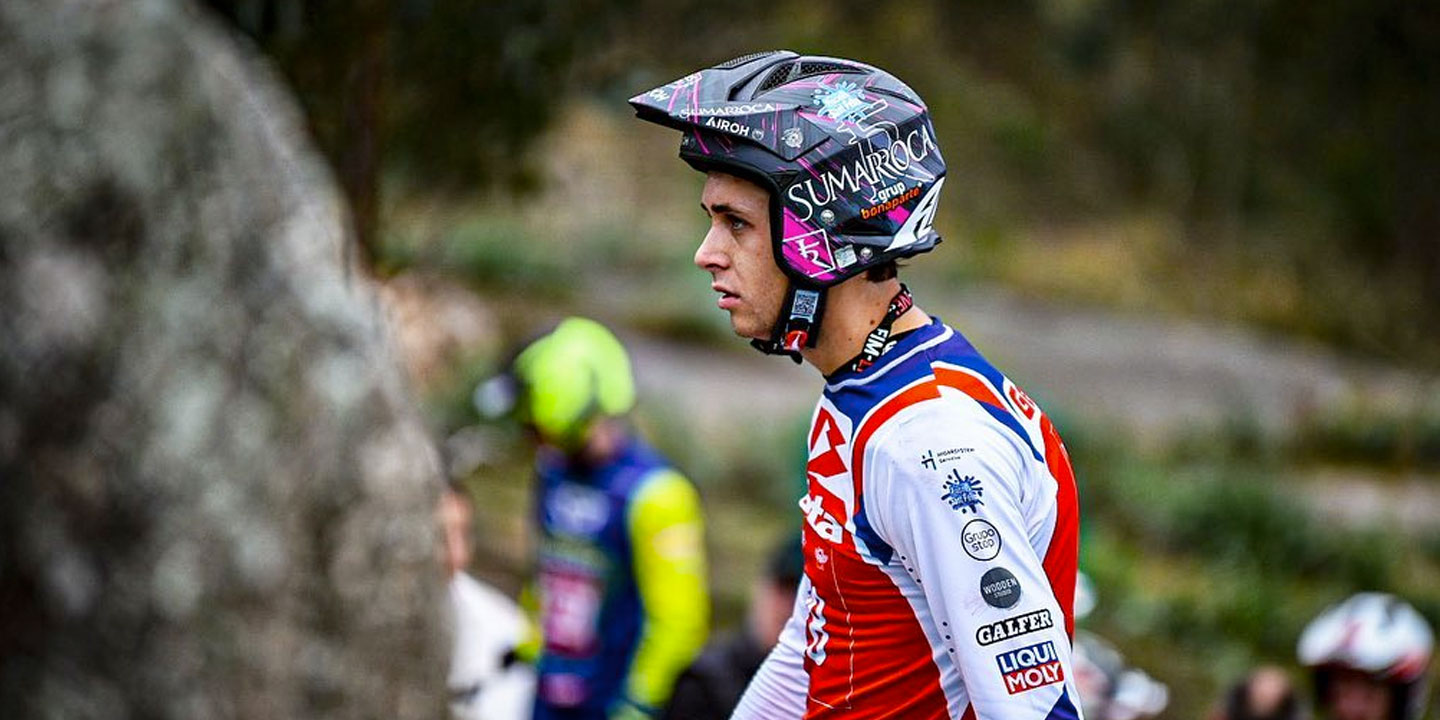
What started as a necessity, ended up becoming a hobby where the goal was not only to reach that destination, but also to do it in a clean and elegant way. Some say that the countryside was also a great context to evaluate the robustness of the motorcycles used by the army.
Those bikes were not even like the classic ones we now have in our minds, but real road bikes that little by little were undergoing modifications to better overcome these obstacles, such as more capable tires or longer travel damping.
THE SCOTTISH SIX DAYS TRIAL
The key year is 1909. Under a deep Scottish fog, a group of enthusiasts supported by the Edinburgh Motorcycle Club created the first “Scottish”, which at that time lasted five days and more than 1,500 kilometres of demanding route for all motor-powered vehicles. In 1911 the test was extended to the well-known six days.
In 1912 the event began to be known as the “Scottish Six Days Open Reliability Trial” and in 1914 the rules were passed, along with a scoring system and time penalty for mechanical breakdowns. The outbreak of World War I interrupted the competition, but the SSDT was held again in 1919. To solve the difficulty for pilots to follow the route without getting lost, This was marked yellowish ochre through a paint barrel installed on a car, a system that would remain active until the mid-1970s, when the current system of Indicator arrows and pumpkin flags for off-road sections.
The scoring system was updated in 1926 to allow for tests of braking and climbing behaviour, but the competition was still more than anything a test of the bike’s reliability. From the 1930s onwards, they began to frequent the equipment of manufacturers and In 1932 the results system was modified again to allow a winner to be decided. The outbreak of World War II brought competition to a halt until 1947, when 108 competitors took part and the SSDT, also known as “Scottish”, established itself as the most important event for trial motorcycles.
It didn’t take long for the big British brands to bet heavily on its presence in the “Scottish”, as it was an excellent test bed and advertising support to justify the reliability of their models. Little by little , Trial is beginning to become professional; The regulations evolve and great riders begin to arrive, most of them from Motocross.
In the middle of the century, the great brands that have truly laid the true foundations of Trial are consolidated; bikes with which to this day they continue to compete even in the Two Days of Scotland (held on the two days prior to the big SSDT). We’re talking about bases like Norton, Ariel, BSA, AJS, Triumph or Royal Enfield. In France, for example, the Motobecane were prepared, and in Germany the DKW.
THE REVOLUTION OF THE SIXTIES
At the beginning of the sixties we began to see specific Trial models, such as the BSA B40 or the Triumph Tiger Cup 200, but it was in 1964 when the great British rider Sammy Miller revolutionized the specialty and became a true legend. Miller signs for Bultaco, Don Paco Bultó’s brand, where his evolutions on the primitive Sherpa N resulted in a revolutionary Sherpa T.
A little later he would arrive Mick Andrews and his Ossa M.A.R, a bike that today is among the favorites of collectors and that chromatically it has inspired the new Ossa TR 280i. Throughout this time, The English style , with a rigid body, with the wheels always rolling and looking for maximum traction, is emerging as the most effective to overcome obstacles cleanly with virtually no use of the clutch.
Japan licked its lips at the great acceptance of the Trial, but it didn’t take long for them to realize that the profitability of these models was not what was expected due to the demand for relatively low volumes. It was in this context that the Suzuki Beamish 350 was born and Yamaha, which acquired the services of Mick Andrews, launched the efficient TY 250 with cantilever suspension.
The decade of the eighties was marked by the decline of Spanish brands, which forced the closure of major brands such as Bultaco and Ossa, while Montesa maintains one more breath of air as it is absorbed by Honda. Curiously, Bultaco managed to take the first three positions of the ’79 World Championship with the factory already closed. The eighties are marked by a great tandem: Eddy Lejeune and his Honda four-stroke.
CHANGE OF COURSE: THE ARRIVAL OF JORDI TARRÉS
The real revolution of modern Trial is marked by a shy young man from Trialsin, who goes by the name of Jordi Tarrés And he’s the first pilot, together with Andreu Codina, in making changes with both wheels within an area to facilitate manoeuvres. Jordi made the difficult easy: he was able to ride a motorcycle almost as if it were his bicycle.
From that point on, the evolution of the Trial has been marked by the adaptation of the models to the aforementioned riding style , having to build lighter, faster and more spect-laden motorcycles aimed at simplifying the dimensions of the set as much as possible.
Disc brakes, upside-down forks, aluminum chassis, increased headroom, hydraulic clutch, repositioning of footpegs, and liquid-cooled engines will eventually arrive.
The names that have accompanied Jordi Tarrés are none other than Marc Colomer, Dougie Lampkin, Takahisa Fujinami, Steve Colley, Adam Raga, Marc Freixa, Jeroni Fajardo, Graham Jarvis, Jordi Pascuet, David Cobos, Marcel Justribó, Albert Cabestany and, of course, Toni Bou.
Text
or: David Quer
Trialworld reports you shouldn’t miss:
Interview with Manuel Soler, the first Spanish rider to win a World Championship race.
We compare a Sherpa and a Sherco: 30 years difference in 2-stroke engines.
We compare a Honda TLR and a Montesa 4RT: 30 years difference in 4-stroke engines.
Comparison of Spanish Classic Trials: Ossa, Montesa and Bultaco.
All the classic motorcycle races of Trialworld.
All the tests of the latest models that have come on the market.
Gallery with more than 25
0 historical photos of Trial:
{bonckowall source=”2″ pkey=”album” pvalue=”dqtrialworld” pvalue2=”TrialHistory” }{/bonckowall}

















